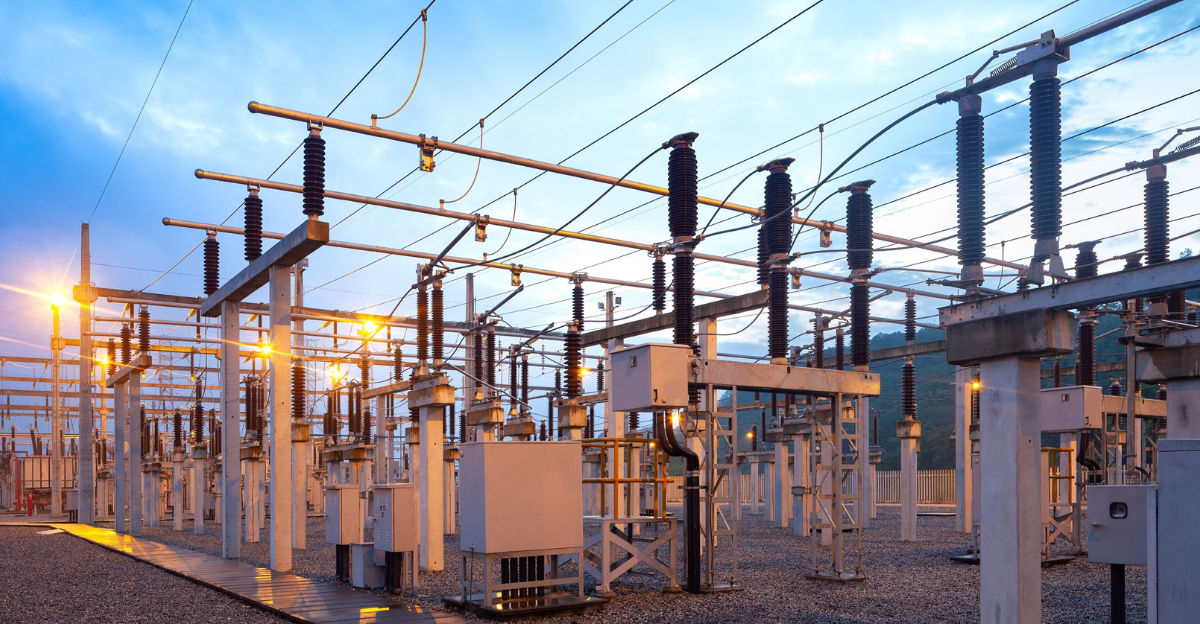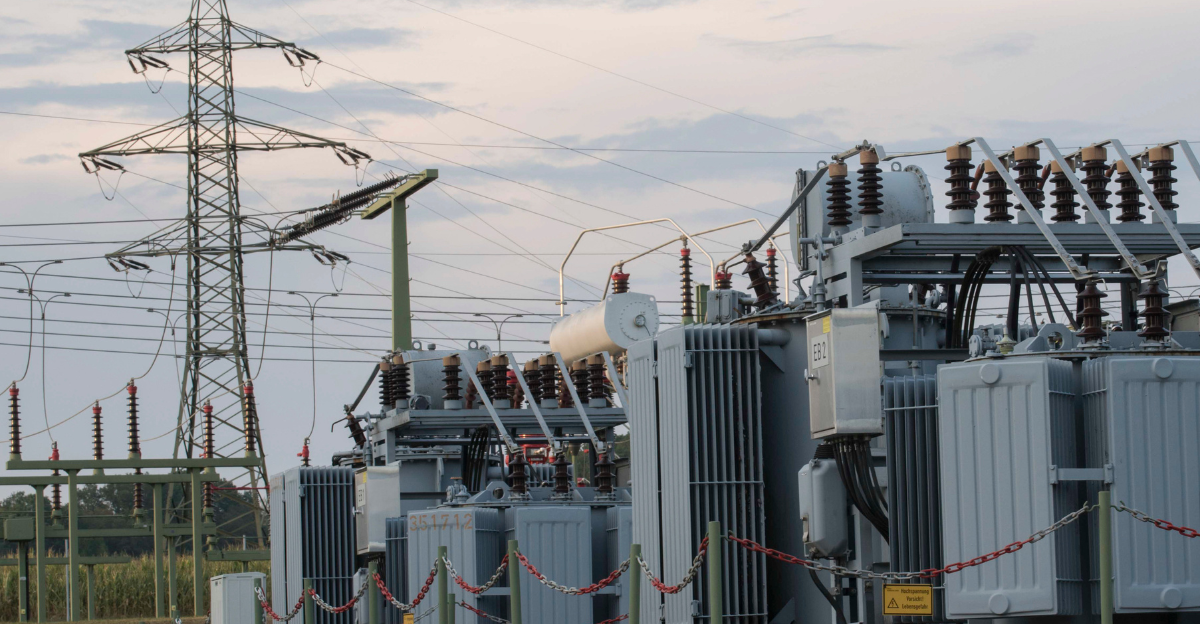
Across the United States, electricity rates are climbing at a pace that’s reshaping household budgets and business operations. Recent data from the U.S. Energy Information Administration (EIA) show the national average has reached 17.62 cents per kilowatt-hour as of August 2025, a marked increase from last year. This surge is not uniform—some states are feeling the impact far more acutely, with local economies and daily life caught in the crosscurrents of rising costs. Understanding the forces behind these changes is crucial for consumers, policymakers, and industry leaders as they chart a path forward.
Drivers Behind Rising Costs

Multiple factors are converging to push electricity rates higher. The transition to renewable energy, while promising long-term sustainability, requires significant upfront investment in infrastructure and technology. These costs are often passed on to consumers, especially in states aggressively pursuing clean energy goals. Supply chain disruptions, lingering from the COVID-19 pandemic, have led to shortages and increased expenses for energy producers. Inflation compounds these pressures, raising the price of fuel and materials needed to maintain and upgrade power grids.
Extreme weather events—such as wildfires, hurricanes, and winter storms—have exposed vulnerabilities in the nation’s energy infrastructure. Utilities are responding by investing in more resilient systems, but these upgrades come at a cost. As a result, consumers are seeing higher bills, with lower-income households disproportionately affected. “It’s like a domino effect; when one bill goes up, everything else seems to follow,” says a single parent in Pennsylvania, highlighting the real-world impact of these economic shifts.
Regional Realities: States Hit Hardest

Some states stand out for the severity of their electricity rate increases. California leads the nation, with average rates around 31.58 cents per kilowatt-hour as of August 2025. The state’s ambitious climate policies and renewable energy mandates have driven utilities to invest heavily in new infrastructure, raising costs for consumers. The aftermath of rolling blackouts and devastating wildfires has prompted many Californians to reconsider their energy use. “We need change, but not at the cost of our financial security,” says a local farmer, reflecting widespread concern over affordability.
In Texas, a deregulated energy market has produced volatile prices. The 2021 winter storm exposed weaknesses in the grid, causing outages and price spikes. Today, rates average 15.45 cents per kilowatt-hour, but can vary widely by region and season. “It’s frustrating when your bills double just because of the weather,” notes a Houston small business owner. The debate over regulation and infrastructure investment continues, with stakeholders seeking ways to stabilize prices without sacrificing reliability.
New York is also grappling with higher rates—about 26.65 cents per kilowatt-hour—as it transitions from fossil fuels to renewables. Investments in cleaner energy are driving up costs, leaving residents to balance ecological responsibility with economic realities. “The cost of living is already high; we can’t keep adding more,” says a Brooklyn resident, echoing concerns felt across the state.
Midwestern states like Michigan and Illinois are not immune. Michigan’s rates, averaging 20.74 cents per kilowatt-hour, are rising due to aging infrastructure and the need for costly upgrades. Illinois residents face similar pressures as environmental initiatives push utilities to modernize, with rates at 18.09 cents per kilowatt-hour. “Every penny counts; increased utility costs directly affect our bottom line,” says a Michigan farmer, underscoring the stakes for local businesses.
Community and Technological Responses

Communities nationwide are responding with creativity and resilience. Energy-saving programs and local cooperatives are helping residents lower their bills and invest in renewable projects. “We’re banding together to support one another. When we save energy, we save money,” says a co-op member in Florida. These grassroots efforts are vital in mitigating the impact of rising rates and fostering sustainable solutions.
Technology is also playing a pivotal role. Smart home devices, energy-efficient appliances, and battery storage systems are becoming more accessible, allowing consumers to better manage their usage and reduce dependence on utility rates. “The investment in solar and batteries has changed the game for us; we’re less dependent on utility rates,” shares a Colorado homeowner. As these innovations spread, they offer hope for greater energy independence and cost control.
Global Comparisons and Policy Implications
Internationally, countries like Germany and Norway provide instructive examples. Both have invested heavily in renewable energy, resulting in higher rates but more stable long-term pricing. “It’s about balancing costs with sustainability,” explains a clean energy expert, suggesting that the U.S. can learn from these models as it seeks to reconcile affordability with environmental goals.
Policymakers face mounting pressure to address the crisis. Legislative measures to incentivize energy savings and promote renewables are under consideration, but must be carefully balanced to avoid further burdening consumers. “Transparent policymaking and collaboration with local communities can yield better outcomes,” advises a utility analyst, emphasizing the need for stakeholder engagement.
Looking Ahead: Stakes and Solutions

The trajectory of electricity rates in the U.S. remains uncertain, but the urgency for action is clear. Households, businesses, and governments must work together to prioritize infrastructure upgrades, support energy efficiency, and foster innovation. Community programs, technological advancements, and collaborative policies offer pathways to a more stable and sustainable energy future.
As a homeowner in New Jersey puts it, “The future depends on how we tackle these challenges now.” The stakes are high—not just for individual budgets, but for the broader economy and the nation’s ability to meet its climate goals. By embracing change and working collectively, Americans can navigate the evolving energy landscape and ensure that rising costs do not hold them back.